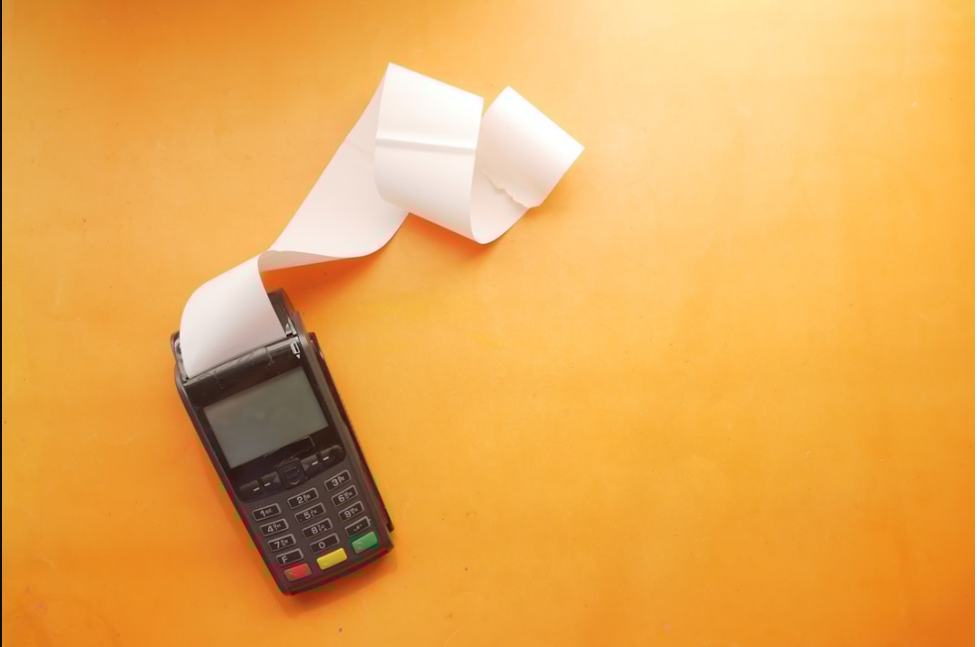Are you always running on an empty budget? Do you frequently get anxious about your financial future? Wealth accumulation does not come easy; it necessitates strategic planning, objective setting, and efficient use of resources. You might need to develop smart financial habits or dig deep into time-tested wealth-building tactics. This article demystifies the top strategies for saving money, such as building and sticking to a budget, cutting down on unnecessary expenses, securing high-yielding savings accounts and investments, setting monetary goals, and monitoring your progress regularly. Keep reading to learn more about saving money.
Building and Sticking to a Budget
A budget is a financial plan that involves itemizing your income and expenses to understand how your money flows. You can make your budget monthly, weekly, or even annually, depending on your income distribution. A budget gives you control over your finances by showing you what comes in and what goes out. With a budget, you can identify the areas where your money is lost and strategize on how to reduce expenses. Also, through budgeting, you can recognize the potential areas to invest your surplus income.
Sticking to your budget requires discipline and self-control. To improve your budget adherence levels, you might need to involve someone you trust to hold you accountable. Regularly reviewing and adjusting your budget to match your financial needs and goals is another critical practice. It ensures your financial plan aligns with your current financial situation, meets your future expectations, and prevents you from going into debt or using money set aside for other purposes.
It’s worth noting that a budget doesn’t tie you up—instead, it provides you with a sense of financial redemption. A well-structured budget saves you from unnecessary stress and provides you with the freedom to make sound financial decisions. It helps you prioritize your spending, make significant savings, and create a solid financial future. Hence, building and sticking to a budget should be the first step in your money-saving journey.
Securing a High-Yield Savings Account
If you’re committed to increasing your wealth, it may not be enough to just save your money in a regular bank account. Instead, you should consider opening a high-interest savings account. It works similarly to a regular savings account but offers significantly higher interest rates. This means, the more money you deposit in your account, the more interest you’ll accumulate over time.
High-yield savings accounts are offered by numerous banks and credit unions. However, the interest rates can significantly vary among different institutions. Therefore, it’s beneficial to conduct comprehensive research to choose the right high-yield savings account that can secure the highest return on your savings. Online comparison tools can help you compare the interest rates offered by different institutions and select a suitable high-yield savings account.
It’s important to note that high-yield savings accounts often demand a higher minimum balance than regular savings accounts. To avoid penalties, ensure you can meet the bank’s minimum balance requirements. Despite these stipulations, a high-yield savings account can be an excellent way to grow your savings effortlessly and achieve your financial goals more quickly. Remember to compare various savings accounts using resources like Forbes Advisor to find the option that best suits your unique financial situation.
Reducing Unnecessary Expenses

One of the reasons why many people end up bankrupt is due to unregulated spending. Unregulated spending involves purchasing items and services that do not add value to one’s life or contribute toward their financial goals. Thus, a crucial money-saving strategy involves identifying your needs and wants. Distinguish between expenses that are entirely necessary from those you can either do without or cut back on.
The first step to reducing unnecessary expenses involves tracking all your spending. It might seem tedious, but it’s the only way you can figure out where your money goes. Once you’ve gathered the data, analyze and evaluate each expenditure. Pinpoint non-essential and luxury items that you can either cut back or eliminate. Furthermore, consider substituting high-cost items with more affordable alternatives. For instance, if you have an expensive coffee habit or are eating out too often, consider homemade options.
It’s also vital to avoid impulse buying by planning all your purchases. If you find something you want, don’t immediately buy it. Instead, take some time to think about whether you need it or not, and how it’ll affect your budget. To conveniently manage your expenses, consider using expense-tracking apps or software. They provide automated solutions to monitor your spending, therefore, saving a lot of time and effort. Altogether, reducing unnecessary expenses is an efficient way to save more money and provides an opportunity to divert your spending toward saving and investment plans.
Setting Financial Goals
Setting financial goals is an essential part of any money-saving strategy. Goals give you a clear sense of direction, motivate you to save more, and help you measure your progress. Financial goals can be short-term (less than a year), midterm (one to three years), or long-term (more than three years). They can range from saving for emergencies, paying off debt, buying a home, retirement, or anything else that requires money.
When setting financial goals, be specific, measurable, achievable, relevant, and time-bound (SMART). You should also ensure your goals are realistic and within your means. For example, it’s not realistic to strive to save $100,000 dollars in a year if your income is just $50,000. Remember, your financial goals should inspire you, not discourage you.
Once you’ve set your financial goals, create a plan to achieve them. This may involve determining how much you need to save each month and identifying areas where you can cut back to save more. Finally, review your progress regularly to ensure you’re on track to achieving your goals. If not, adjust your plan as necessary. Remember, the key to achieving your financial goals is a mix of persistence, flexibility, and patience.
Building a Habit of Saving Regularly
Saving money requires making it a habit. Just as you exercise regularly for health benefits or brush your teeth daily for dental health, you should make saving money a regular practice. Regular saving can be encouraged by setting up automatic transfers from your checking account to your savings or investment accounts. By making saving automatic, you’re less likely to forget or skip it. It also reduces the temptation to spend the money instead.
One of the most popular methods of saving regularly is by implementing the 50/30/20 budgeting rule. This efficient budgeting tool involves dividing your after-tax income into three categories: needs, wants, and savings. Basically, 50 percent of your income should go to needs (such as rent, groceries, and transportation), 30 percent should be allocated to wants (entertainment, vacations) and the remaining 20 percent should be saved. This method allows you to save consistently while still enjoying your income.
Another idea for making saving a habit is to save for something specific. Having a physical object or goal in mind provides a specific purpose for the money you’re saving. For example, you might be saving for a down payment on a house, a vacation, or a college fund. Saving regularly is a powerful financial habit that takes time to develop but can pay off handsomely in the long run. Remember, it’s not about how much you save, but how consistently you save that matters.
Overall, saving money is a journey that requires patience, discipline, and strategic planning. Whether you begin by building and sticking to a budget, reducing unnecessary expenses, securing a high-yield savings account, setting financial goals, or building a habit of saving, you’re on the right path to financial freedom. Remember, the best time to start saving is now. So begin today and take charge of your financial future.




